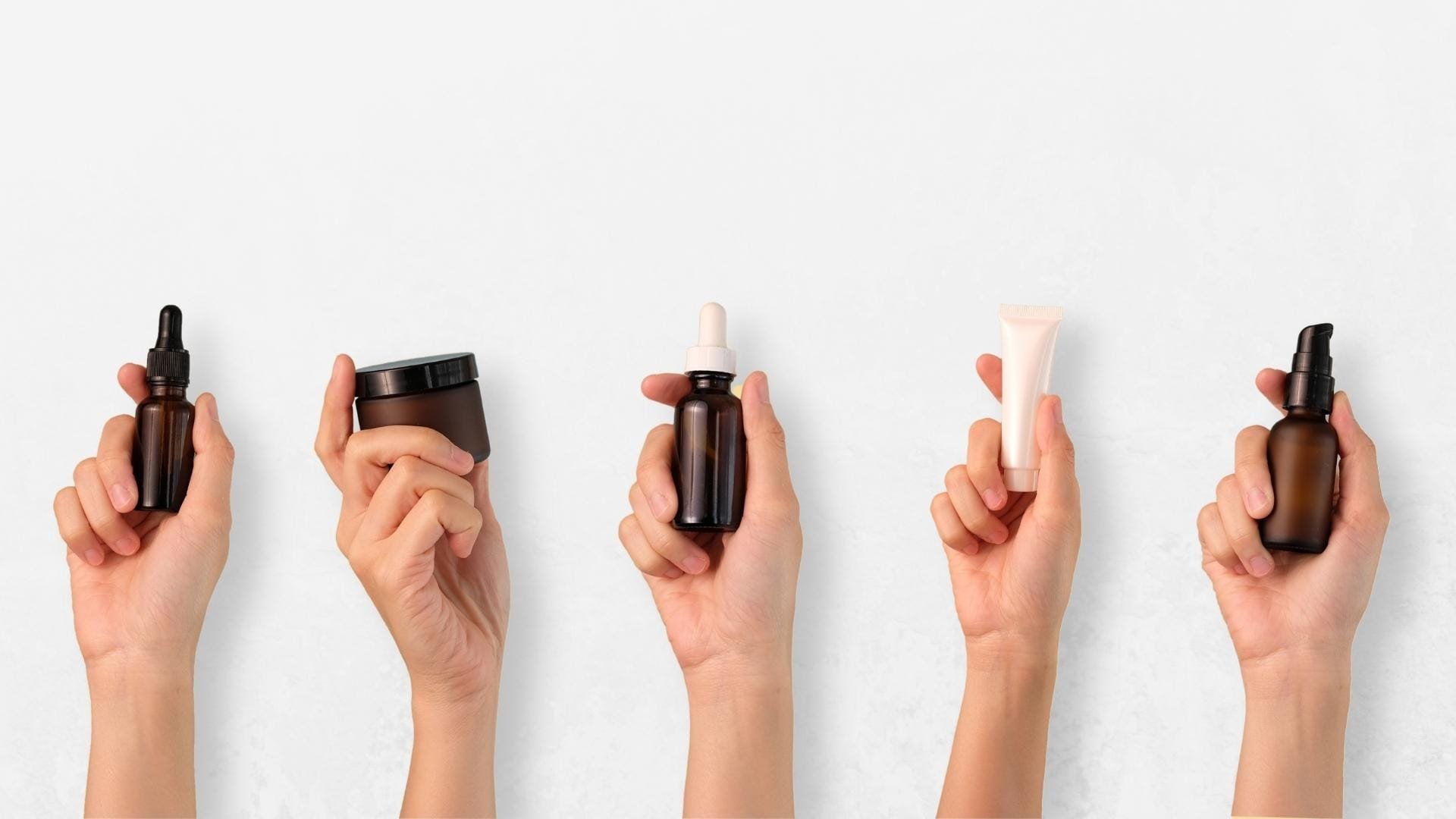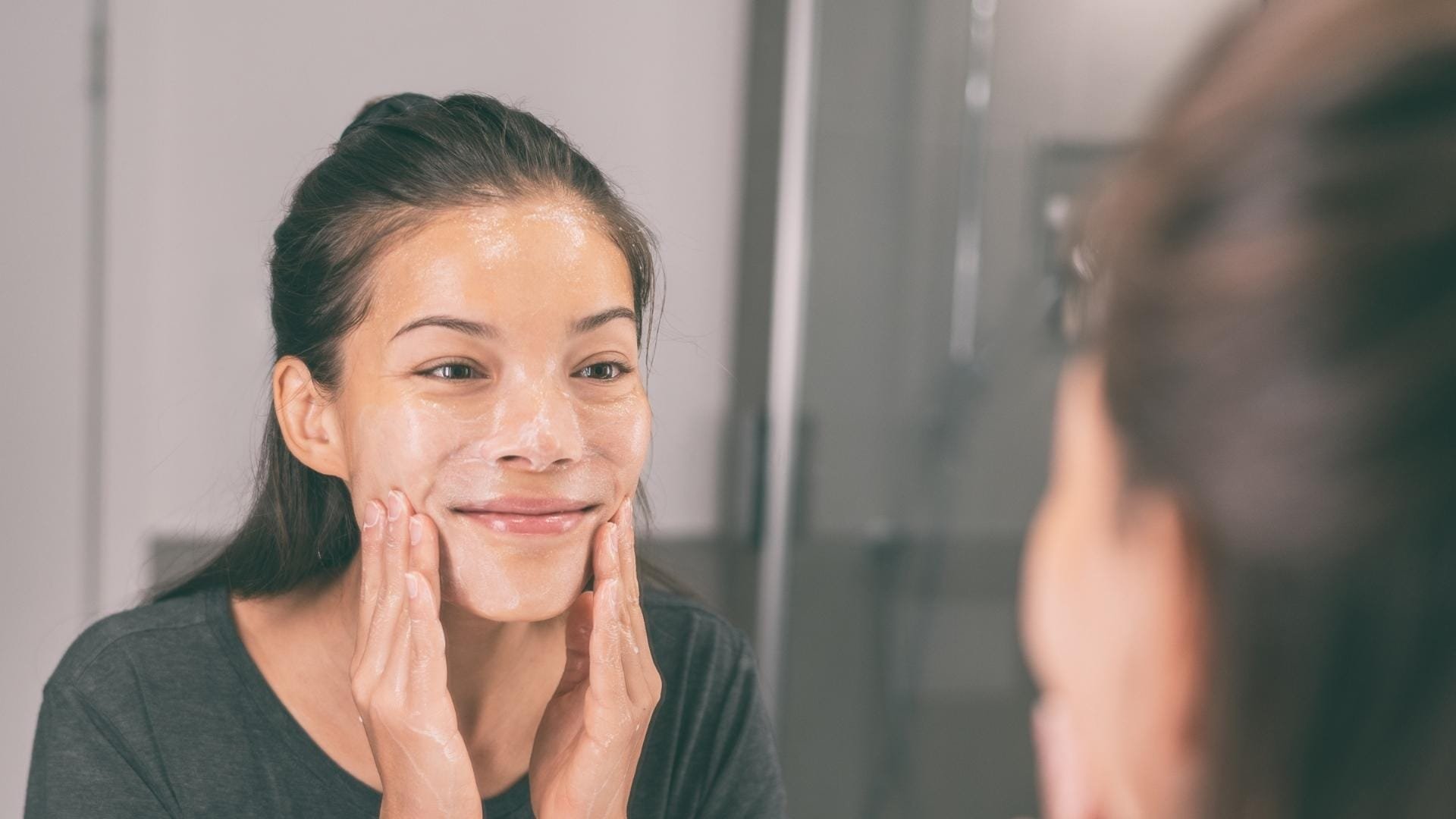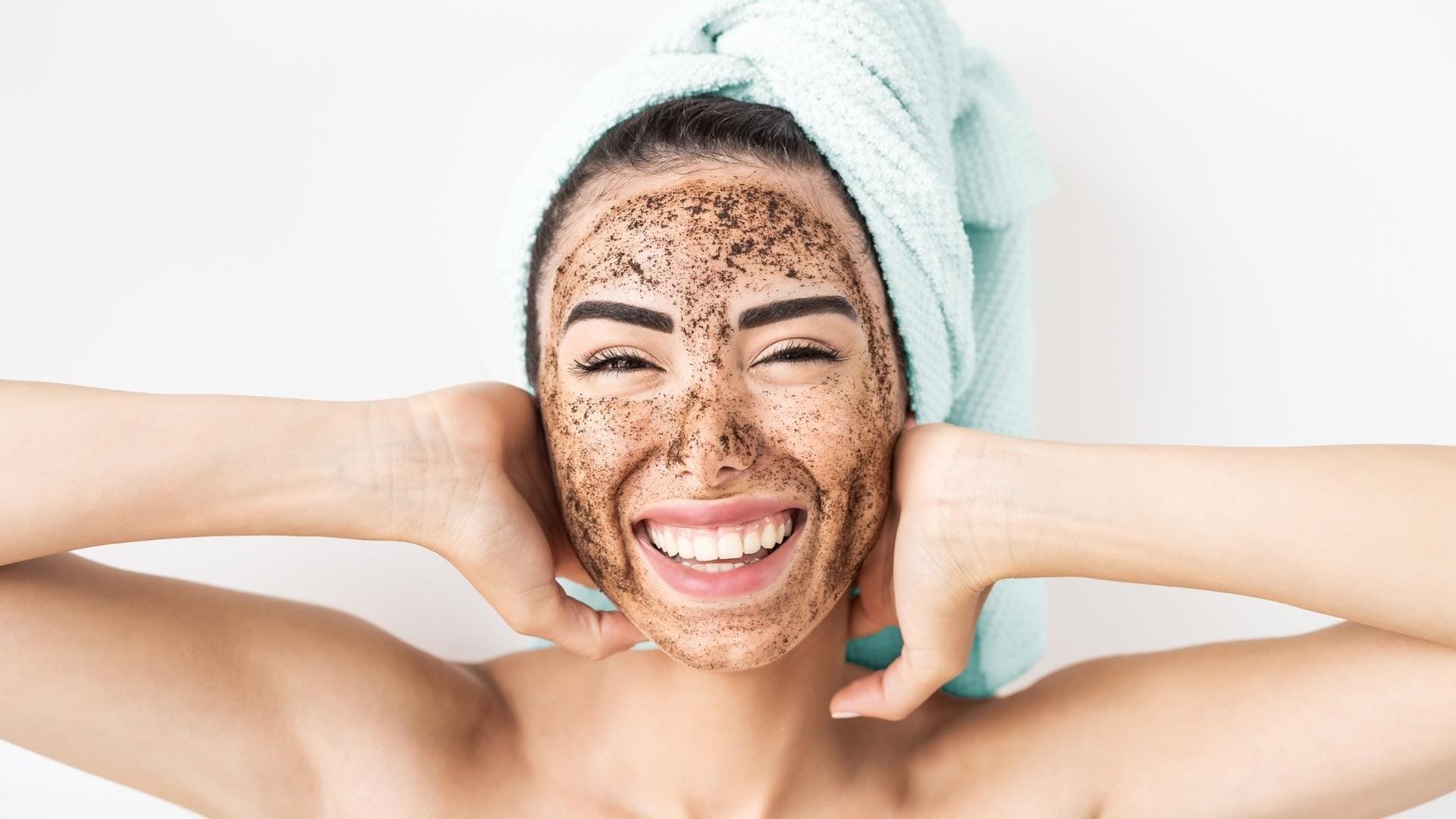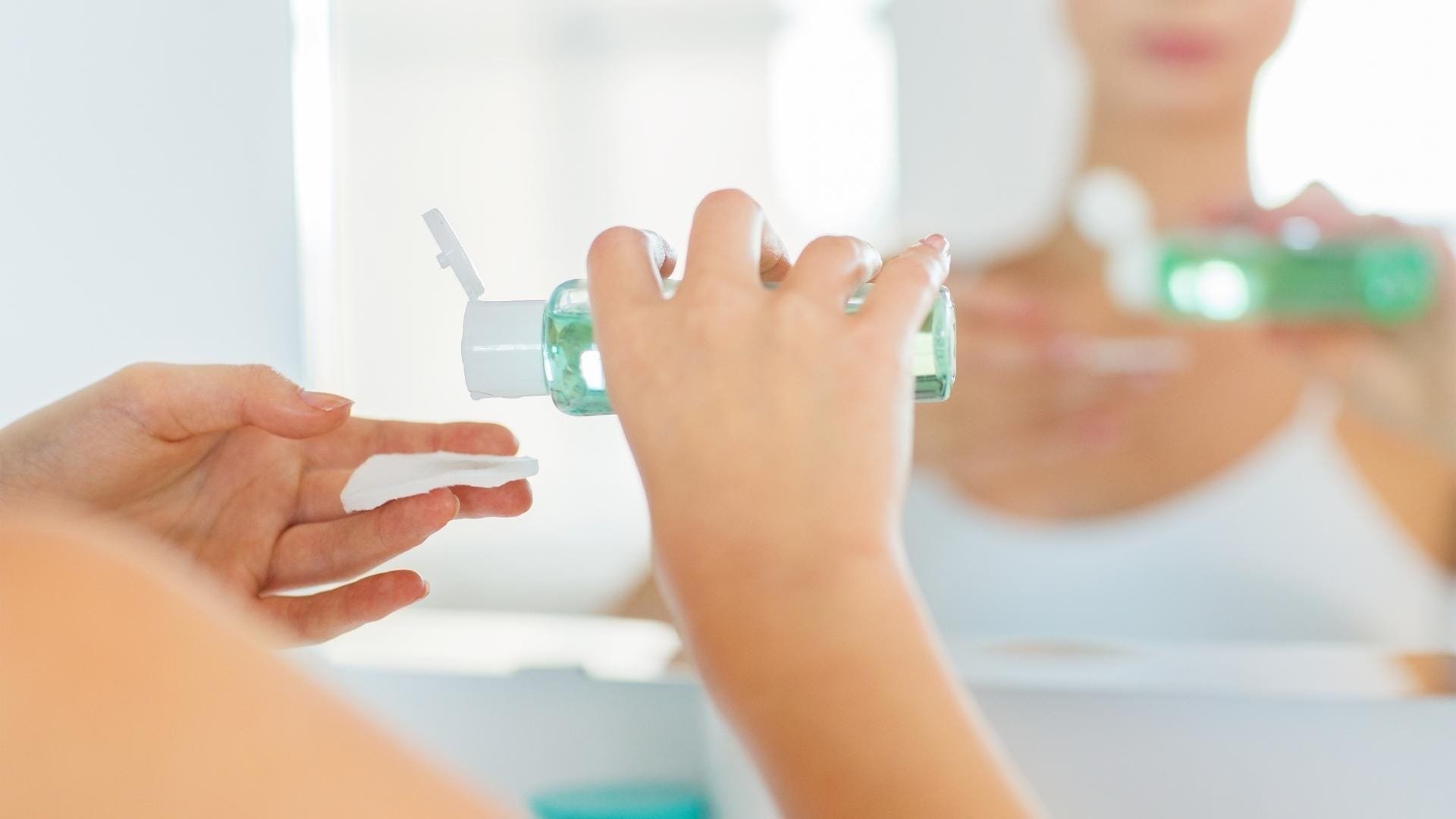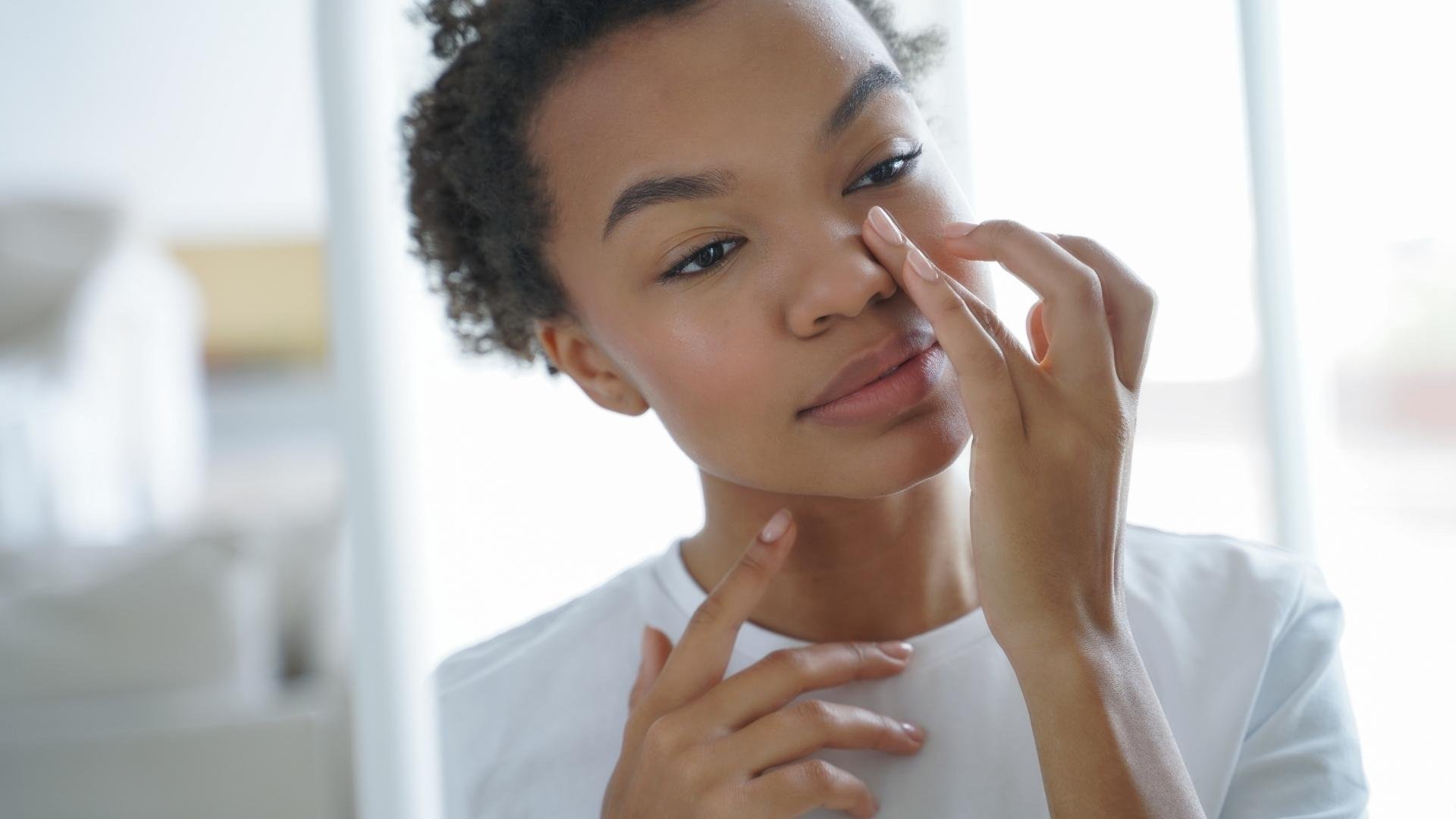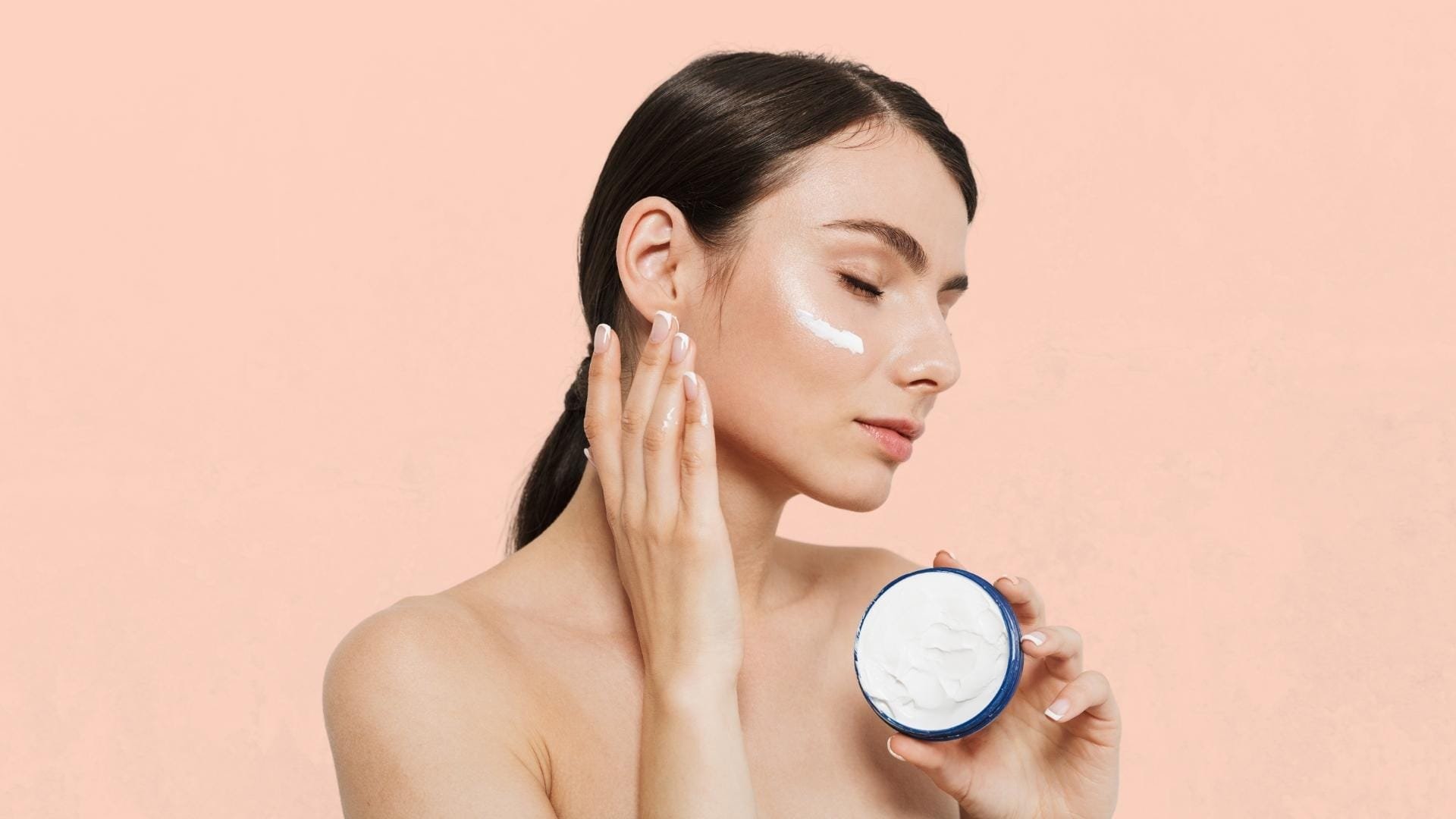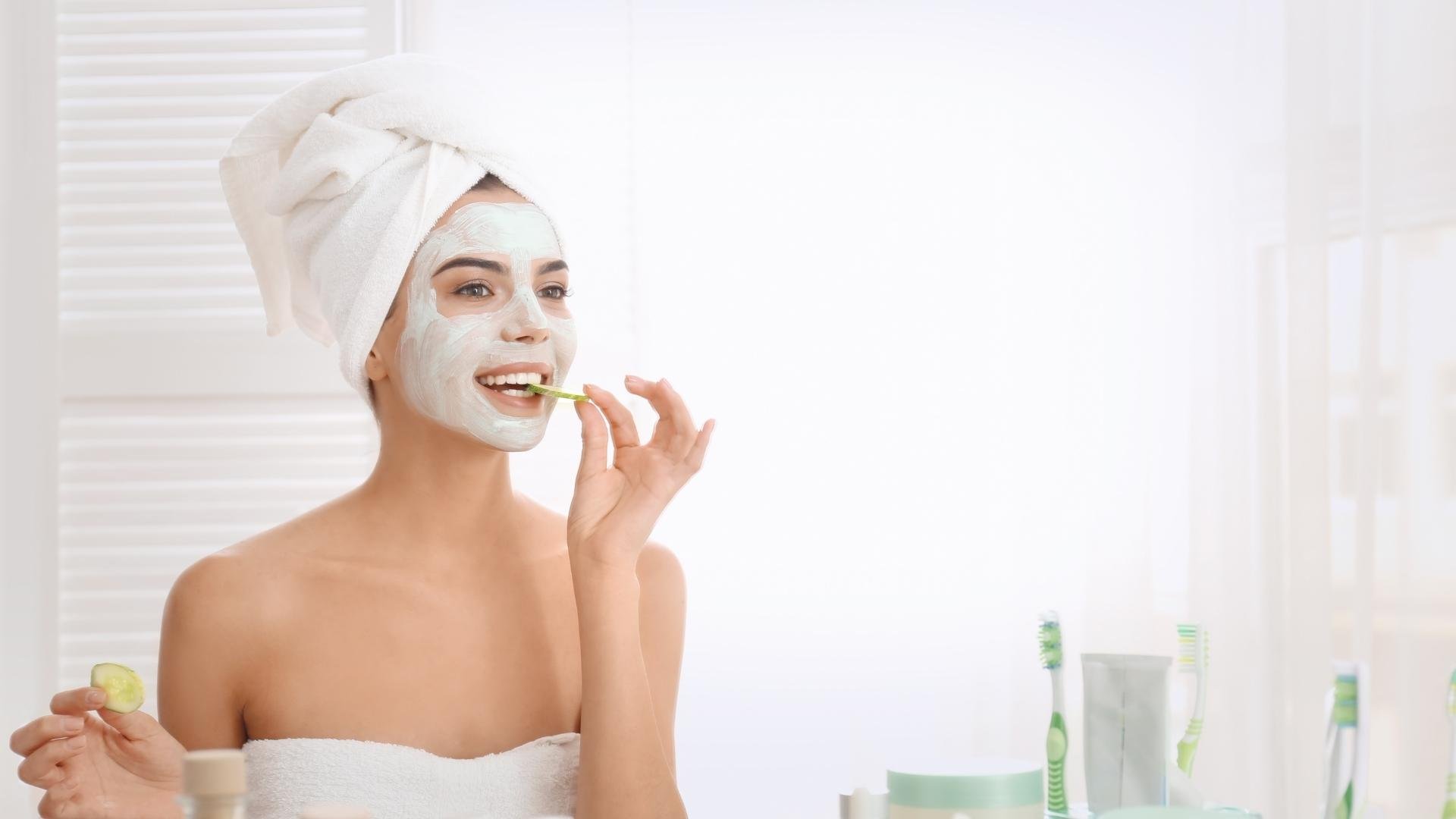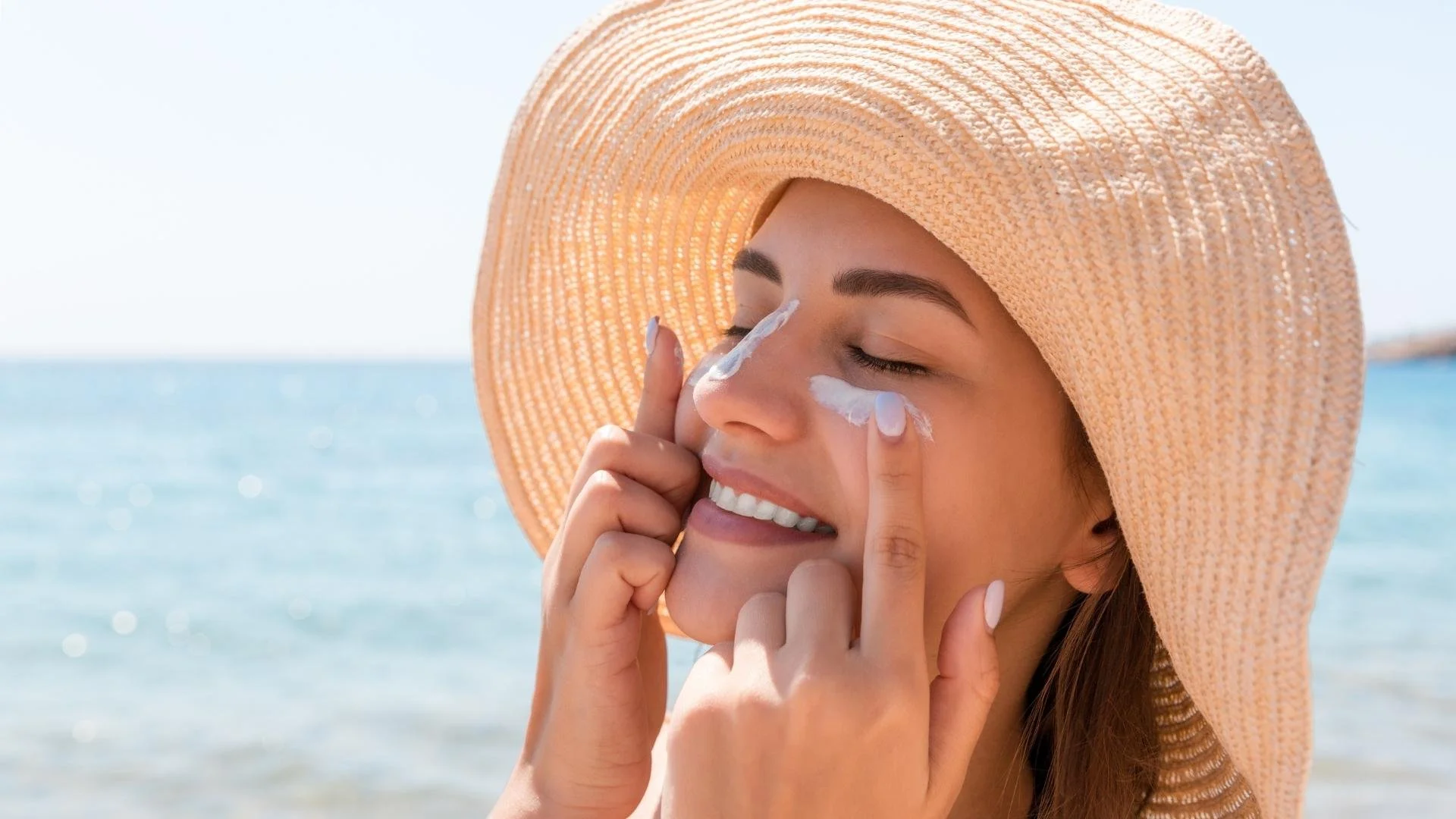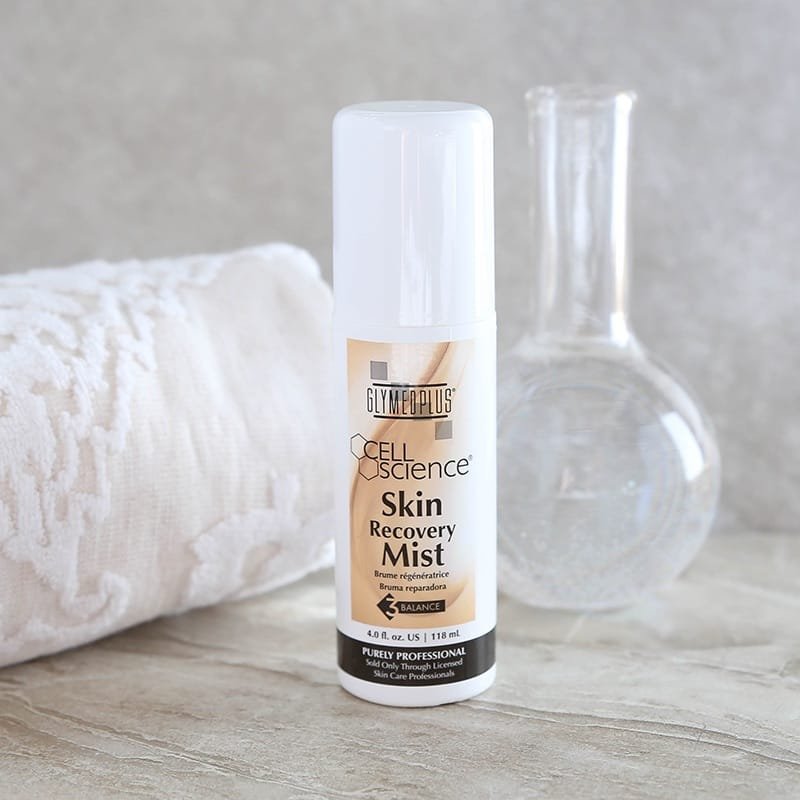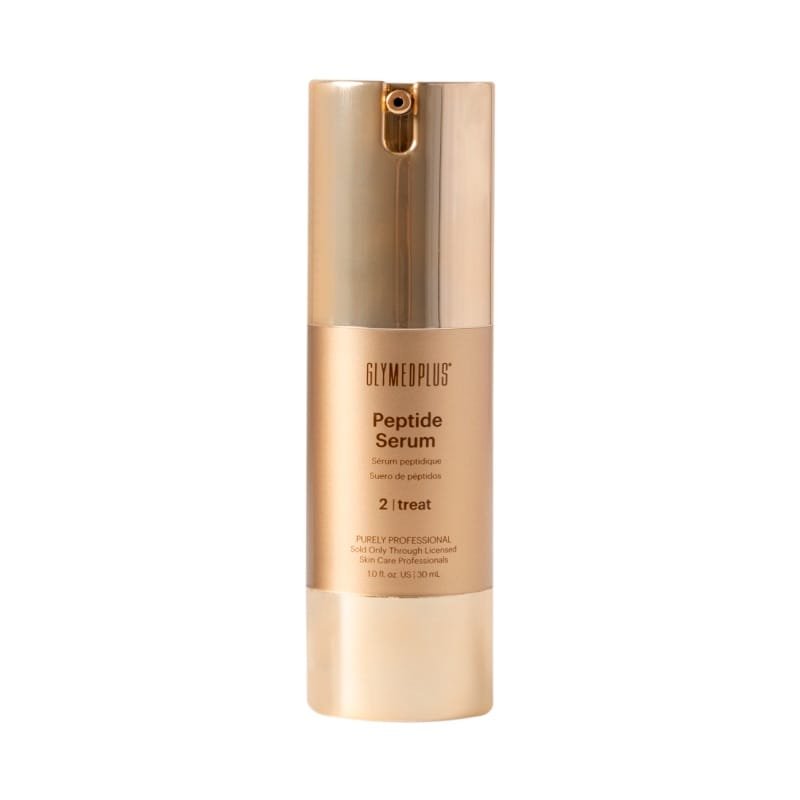The Right Amount of Skincare Products to Use
As an esthetician and skincare expert, I often get asked how much product people should be using on their skin. It can be a confusing question to answer because the amount of product you need depends on the type of product you are using. In this blog post, I will break down the most common types of skincare products and give you tips on how to use them correctly- as well as how much is the right amount!
If you have any additional questions after reading this post, don't hesitate to book a consultation with me. I would love to help you achieve healthy, beautiful skin!
Are you using too much product (or too little)?
When it comes to using skincare products, a little goes a long way. You should always start with less product than you think you need and build up from there. If you find that your skin isn't responding well to a product or you're not seeing the results you want, you're likely using too much- or not enough!
Before we get into how much product to use, let's talk about the application. When applying any product to your face, you should always use gentle, circular motions. Avoid scrubbing or rubbing harshly as this can irritate the skin and cause micro-tears.
You should also apply your skincare products according to texture- lightest to heaviest. This will ensure that your skin can properly absorb all the products and reap the maximum benefits. If you put heavy, occlusive products on first, your skin won't be able to absorb the lighter ones.
Now that we've covered the application, let's talk about how much product to use for each type of skincare product.
Cleansers
When it comes to cleansers, you only need a dime size amount on your wet skin. Any more than that and you're just wasting product- plus, it can strip your skin of its natural oils which can lead to dryness or breakouts. If you have makeup on, make sure to remove it with a separate cleanser or makeup remover before using your regular cleanser.
The best way to use a cleanser is to massage it into your damp face for at least 60 seconds before rinsing it off with warm water using upward motions. This will give the product enough time to work its magic and deep clean your pores.
When you're going to dry your face, make sure to use a clean, soft towel. Rubbing your face too harshly with a towel can irritate, so pat dry instead.
Exfoliator
Exfoliating is essential in every skincare routine since it aids in the removal of dead skin cells, unclogging pores, and brightening the skin. However, you need to be careful not to over-exfoliate as this can damage the skin barrier and lead to dryness, redness, and irritation.
I recommend using a physical exfoliator (one with beads or granules) no more than once or twice a week. If you have sensitive skin, start with once a week and see how your skin reacts before increasing to twice a week. When you do use an exfoliator, make sure to be gentle and avoid scrubbing too harshly.
If you want to use an exfoliating product every day, opt for a chemical exfoliator instead. Chemical exfoliators work by dissolving the bonds between dead skin cells and help to prevent clogged pores. I recommend using a daily AHA or BHA serum or lotion. A small dime-sized amount is all you need for your entire face. Just make sure to follow with sunscreen as these exfoliants can make your skin more sensitive to the sun.
Toners
After cleansing, you should follow up with a toner. Toners help to restore the skin's pH balance and prepare the skin for the rest of your skincare routine. You only need a small amount on a cotton pad, or directly into the palm of your hand- about the size of a quarter.
Gently wipe the toner over your face and neck, avoiding the delicate eye area. You can use a toner morning and night- just make sure to choose one that is appropriate for your skin type. If you have sensitive skin, look for a hydrating or calming toner. For oily skin, choose a toner that contains ingredients like salicylic acid or tea tree oil to help control oil production.
If you're not sure what type of toner is right for you, book a consultation with me and I would be happy to help you choose the best one for your skin!
Serums & Treatments
After toning, it's time to apply your serums and treatments. Serums are lightweight products that are packed with active ingredients that target specific skin concerns. You only need a pea size amount of serum, which you can apply directly to your face or mix with your moisturizer. I like to apply my serum while my skin is still damp from toning to help the product absorb better.
You should use a thin layer of the product all over your face. If you are also treating your neck, add another pea-sized dollop.
There are serums for just about every skin concern, so it's important to choose one that is right for you. If you're not sure which serum to use, just reach out and I would be happy to recommend the best one for your skin type and concerns.
In addition to serums, you may also want to use treatments for specific skin concerns. Treatments can be used as spot treatments or over the entire face depending on what they are meant to target. For example, you could use a hyaluronic acid mask all over your face to help with hydration, or you could use a retinol cream as a spot treatment for wrinkles.
Eye Cream
When it comes to eye cream, less is definitely more. You only need a small amount, about the size of a grain of rice, for each eye.
Gently tap the eye cream around your entire orbital bone- under your eyes, on your lids, and in the outer corners. Be careful not to tug or pull at the delicate skin around your eyes as this can cause wrinkles. I recommend using your ring finger to apply eye cream as this finger applies the least amount of pressure.
Remember to apply your products according to their thickness. If your eye cream is thicker than your moisturizer, apply the eye cream last. You can use eye cream morning and night, but if you find that it's too much for your under-eyes, just use it at night.
Moisturizer
After cleansing and applying all of your serums and treatments, it's important to moisturize your skin to help restore hydration and protect the skin barrier. When applying a moisturizer, you should use enough so that your skin feels hydrated but not greasy. A good rule of thumb is to use a nickel to quarter-sized dollop for your entire face.
It's important to wait until your skin feels dry after applying your serums and treatments. This helps the product absorb better into your skin. Gently massage the moisturizer into your face and neck in upward circles until it is fully absorbed.
If you have oily skin, you may be thinking that you don't need to moisturize. However, even if you have oily skin, it's important to hydrate your skin as this can actually help control oil production. Just make sure to choose a lightweight, oil-free moisturizer.
If you have dry skin, you may need to apply a thicker layer of moisturizer or even use a face oil in addition to your moisturizer. If your skin is feeling extra dry, book a consultation with me and I would be happy to recommend the best products for you.
Read more: Hydrating vs Moisturizing
Facial Oil
If your skin is feeling extra dry, you may want to use a facial oil in addition to your moisturizer. Just a few drops of oil can help to hydrate and nourish your skin. I recommend only using face oils at night as they can be too heavy for daytime use.
When applying facial oil, start with clean, dry skin. Add a few drops of oil to your palm and then gently massage it into your face. You can use your fingers or a facial roller to help the oil absorb into your skin.
If you are using a face oil in addition to a moisturizer, apply the moisturizer first and then follow up with the oil. This will help to lock in hydration and give your skin a healthy glow.
Masks
Masks are a great way to give your skin a boost of hydration, nourishment, or exfoliation. There are tons of different types of masks available on the market, so it's important to choose one that is right for your skin type and concerns.
I recommend using them as directed on the packaging. When applying a mask, always start with clean skin. Gently apply the mask to your face and then leave it on for the recommended amount of time. Once the time is up, remove the mask and gently pat your skin dry.
If you have any leftover product, you can apply it to your neck or anywhere else on your body that needs some extra love.
Sunscreen
Last but not least, don't forget to apply sunscreen! I always recommend using a broad-spectrum sunscreen with an SPF of 30 or higher. Apply sunscreen on dry skin to make sure it is effectively adhering to your skin.
You should apply sunscreen to all exposed areas of skin, including your face, neck, chest, and hands. Use a generous amount- about a shot glass worth, or a quarter-sized dollop to just your face- and make sure to rub it in until it is fully absorbed. Reapply every two hours or after swimming or sweating.
Read more: Ways The Sun’s UV Rays Can Negatively Affect Your Skin
Conclusion
And there you have it! I hope this article has helped to clear up any confusion about how much skincare products to use. These are just a few of my tips. If you want to learn more about how to take care of your skin, book a consultation with me today. I would be happy to help you customize a skincare routine that is perfect for your skin type and needs.
Happy slathering! ;)
Don't forget to shop some of my favorite picks below
Mega-Purifying Cleanser
Deep Clean
This ultra-gentle cleanser instantly dissolves makeup, oil and debris on the skin. This product not only provides a deep clean but it contains age-defying antioxidants to combat dryness and harmful irritants that lead to premature aging. Use as a 1st cleanse to remove makeup- safe for lash extensions.
Anti-Aging Exfoliant Masque
Rebuilds + Recharges
Anti-Aging Exfoliant Masque improves skin firmness, tone and texture with a blend of glycolic, lactic and salicylic acids and jojoba beads. It rebuilds and recharges worn-out skin instantly with its gentle, yet effective ingredients to restore even the most resistive skin back to a healthy state.
Skin Recovery Mist
Boost Skin’s Moisture
Skin Recovery Mist forces life back into dehydrated, irritated, and lackluster skin with a dose of hydrating and healing algae, hyaluronic acid, and vitamin B. This lightweight mist leaves skin refreshed, revitalized, and luminous! A must have for anyone who travels or an outdoor enthusiasts.
Peptide Serum
Calming + Healing
Activate the skin's self-defense system with this barrier repair formulation. This peptide serum reduces DNA oxidation, neutralizes free radicals and increases antioxidants to fight against environmental and chronological aging.
Daily Repair Mega-Moisture Cream
Deeply Hydradint
This lightweight but deeply hydrating cream repairs photo-damaged and environmentally stressed skin while fighting against acne causing bacteria. Packed with healing and repairing botanicals to increase radiance and protect against dryness that causes premature aging.

